Artificial intelligence is proving a game changer in tracking the Santorini earthquake swarm
Scientists are harnessing the power of machine learning to help residents and tourists by detecting thousands of seismic events.
07/02/2025 By BGS Press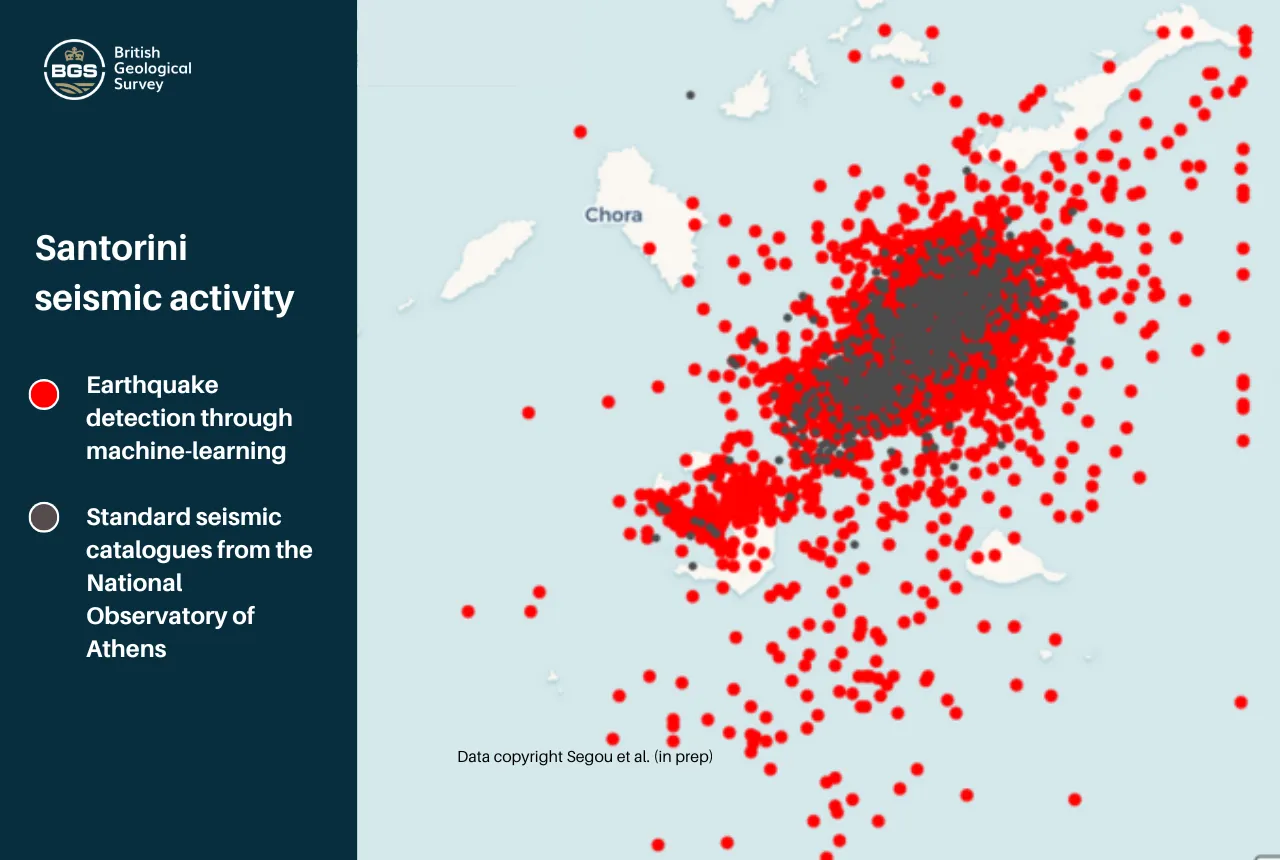
As a state of emergency is declared on the Greek island of Santorini, seismologists are increasingly turning to artificial intelligence technology to provide high-resolution images of the ongoing seismic activity, in a bid to enhance short-term forecasting accuracy.
Since the start of the crisis, a team from BGS comprising Margarita Segou, Brian Baptie, Rajat Choudhary, Wayne Shelley and Foteini Dervisi, has been employing machine learning algorithms to detect ten times as many earthquakes as standard techniques, with over 20 000 tremors accurately predicted in the Santorini area alone since 1 December 2024. This approach is allowing geologists to identify for the first time small magnitude earthquakes that were previously undetected using standard approaches.
BGS Seismologist Margarita Segou, who is leading the development of the groundbreaking research, says it has revolutionised the way scientists can learn from seismic activity and predict patterns.
This machine learning technique results in far richer data feeding into short-term forecasts, which can allow experts to track the evolution of events and better advise emergency services and at-risk communities.
Dr Margarita Segou, BGS Seismologist.
These algorithms allowed researchers to first note increased seismic activity across the Santorini region on 26 January 2025. In comparison, standard detection schemes did not register the same increase until 31 January and only picked up around 2000 seismic events in the Santorini area; ten times less than the new approach has detected.
Dr Segou says it is the ability to combine different sources of information more quickly that is at the heart of the advancement.
Through strong international partnerships, we can reprocess past and present data through machine learning and gain a new and priceless insight into the seismic activity in Santorini in previous phases of unrest and its links to the volcanic system.
Dr Margarita Segou.
Santorini is located on the Hellenic volcanic arc at the convergence of the African plate and the Eurasian plate, at a complex tectonic boundary. Currently, seismic events around the island show that seismicity bursts occur almost twice a day, with the tremors lasting for one to two hours.
Dr Segou adds the data is revealing some unique features.
We have evidence that this is fluid-driven, swarm-type seismicity that comes in pulses. This is not unheard of in other volcanic regions; however, this time it is evolving on top of active faults that complicate the expression of seismicity.
It is easy to get a disconnected story when we just look at moderate magnitude seismic events. It is only when we investigate the smaller magnitude events that occur between that we learn of the hidden mechanisms that take place between the large earthquakes.
It is critical that we track whether those pulses become more frequent and how they migrate in space and depth. So far, the largest quake in this swarm has been a 5.2 magnitude.
Dr Margarita Segou.
Contact
For more information, please contact BGS press (bgspress@bgs.ac.uk) or call 07790 607 010.
Relative topics
Related news

Modern pesticides found in UK rivers could pose risk to aquatic life
17/06/2025
New research shows that modern pesticides used in agriculture and veterinary medicines have been found for the first time in English rivers.
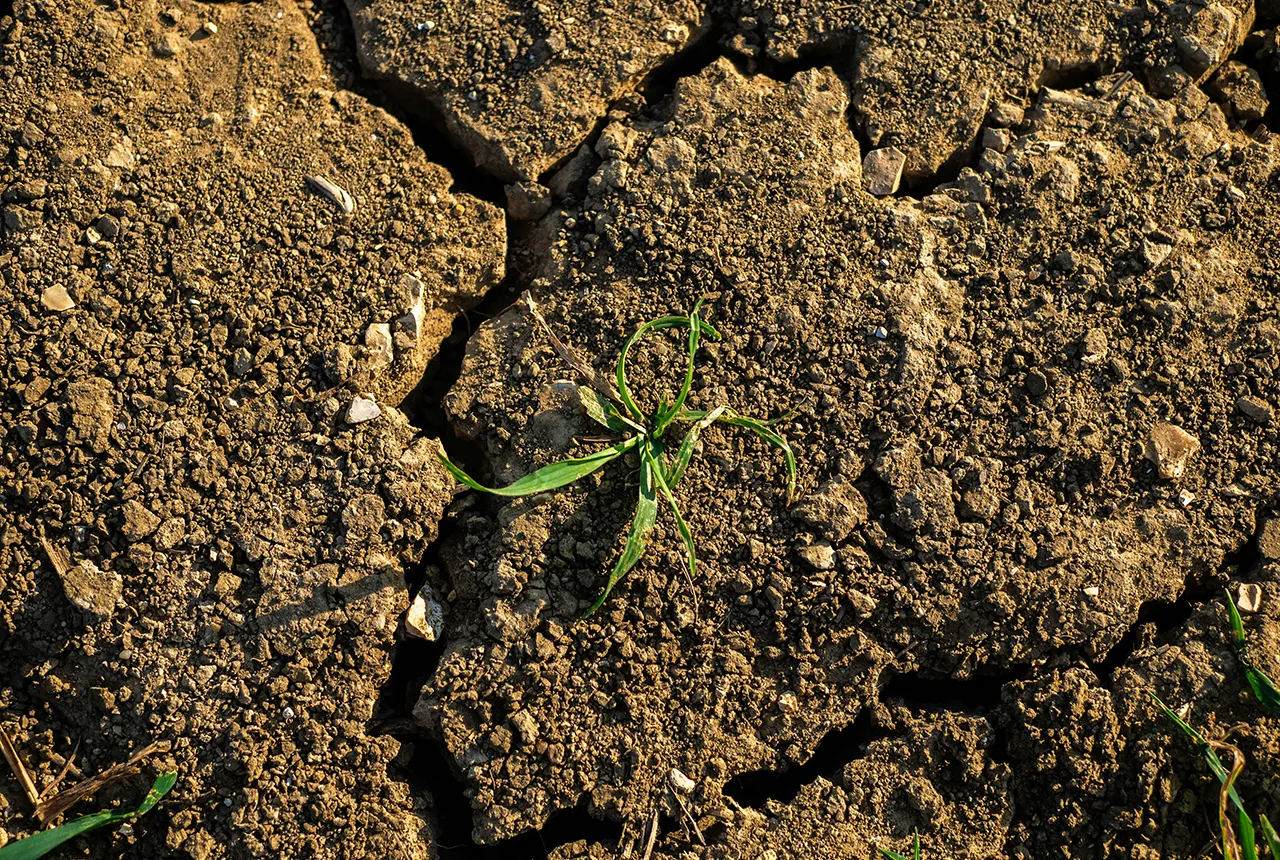
What is the impact of drought on temperate soils?
22/05/2025
A new BGS review pulls together key information on the impact of drought on temperate soils and the further research needed to fully understand it.
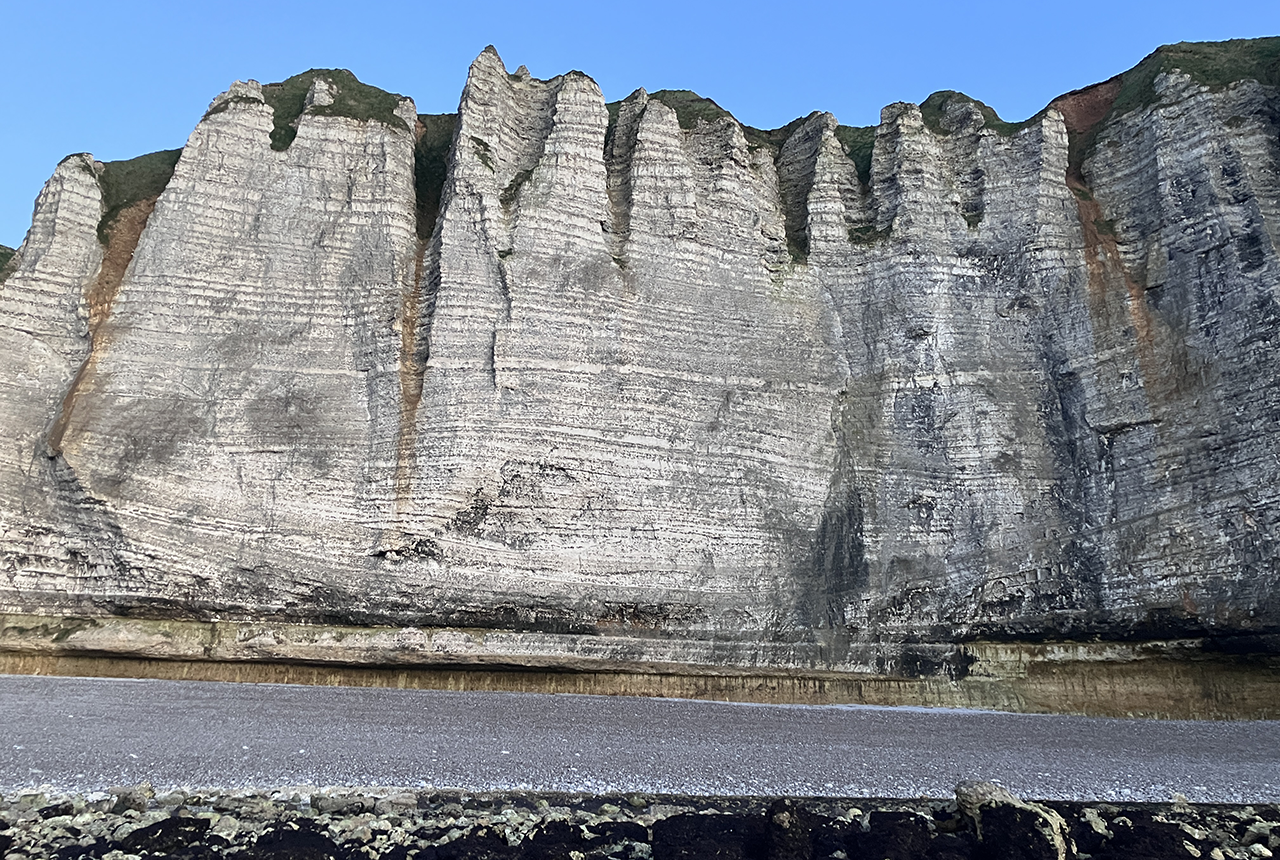
Geology sans frontières
24/04/2025
Geology doesn’t stop at international borders, so BGS is working with neighbouring geological surveys and research institutes to solve common problems with the geology they share.
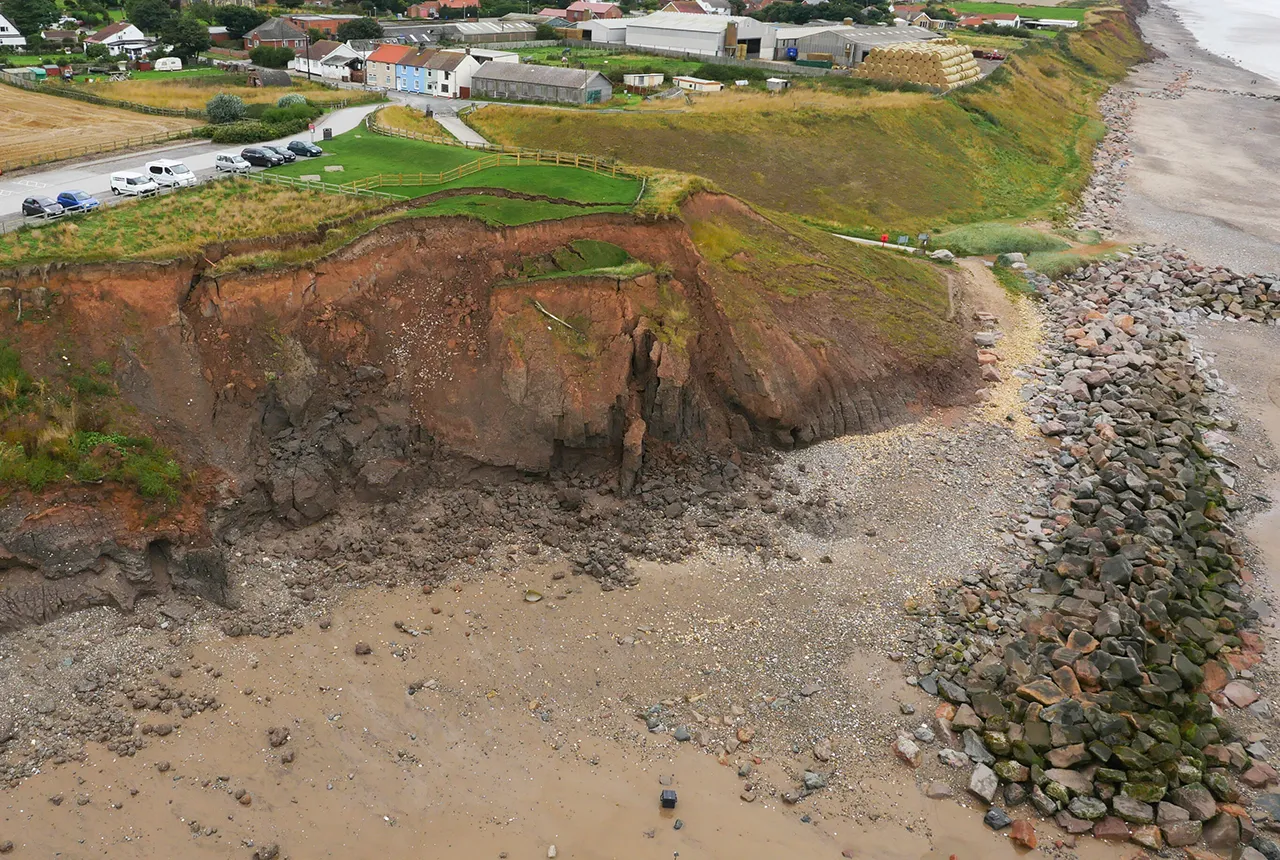
What does the next generation of coastal environmental models look like?
15/04/2025
A new tool is now available that has been designed to help coastal engineers and practitioners better manage the compound risk of coastal erosion and flooding.
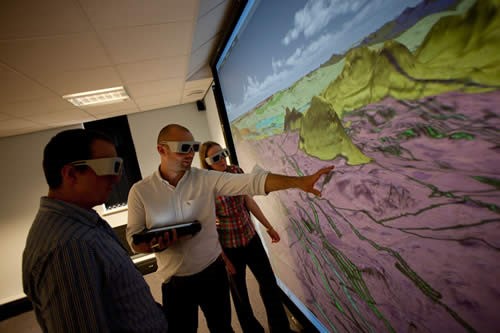
Celebrating 20 years of virtual reality innovation at BGS
08/04/2025
Twenty years after its installation, BGS Visualisation Systems lead Bruce Napier reflects on our cutting-edge virtual reality suite and looks forward to new possibilities.
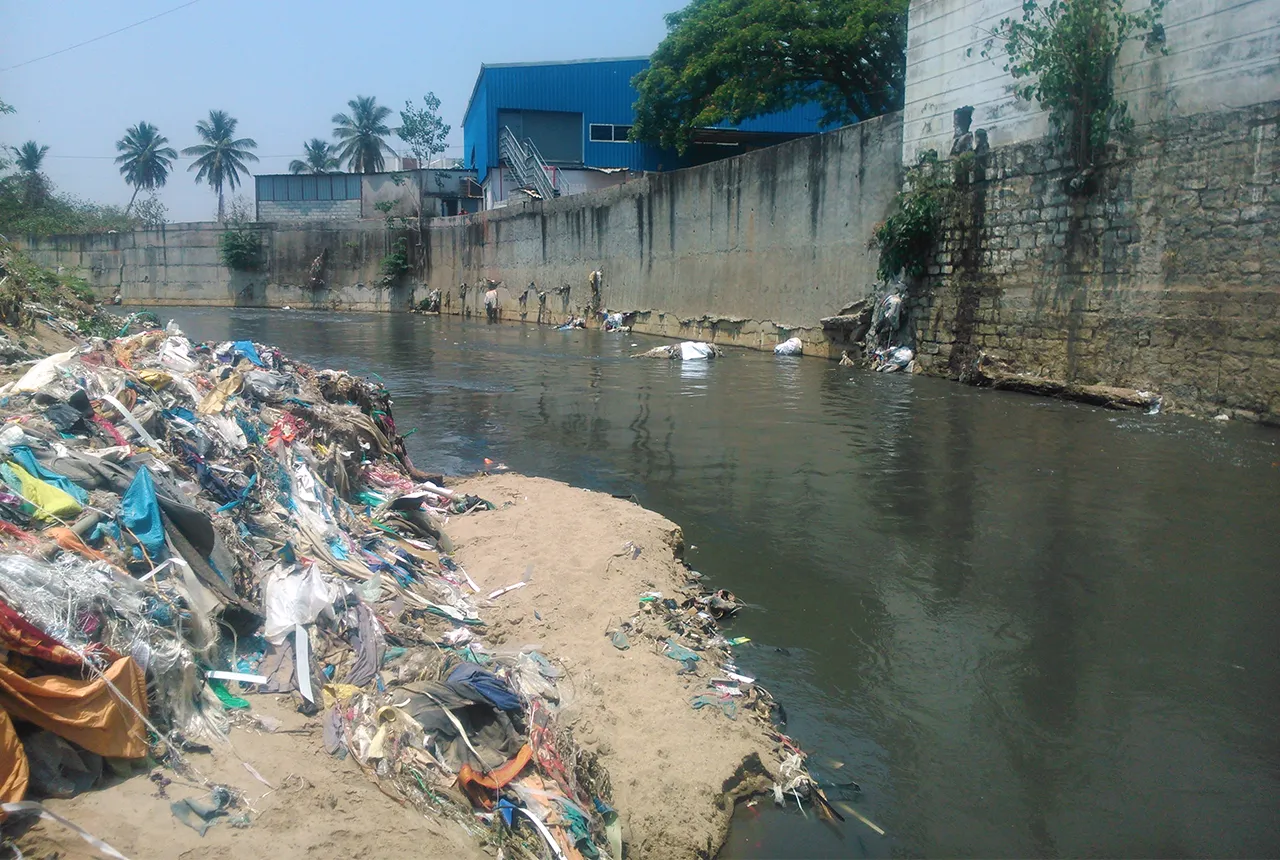
Presence of harmful chemicals found in water sources across southern Indian capital, study finds
10/03/2025
Research has revealed the urgent need for improved water quality in Bengaluru and other Indian cities.
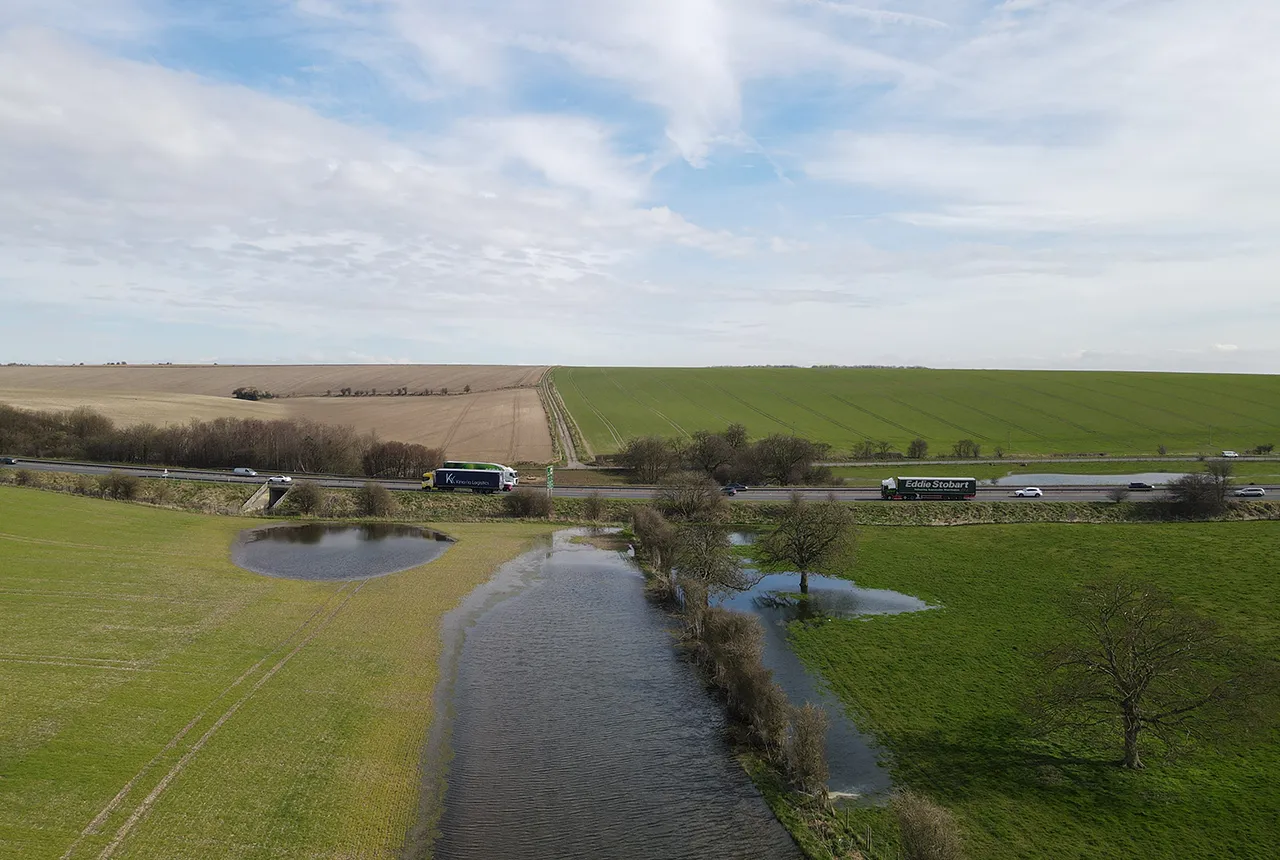
Pioneering tool expanding to analyse agricultural pollution and support water-quality interventions
06/02/2025
An online tool that shows which roads are most likely to cause river pollution is being expanded to incorporate methods to assess pollution from agricultural areas.
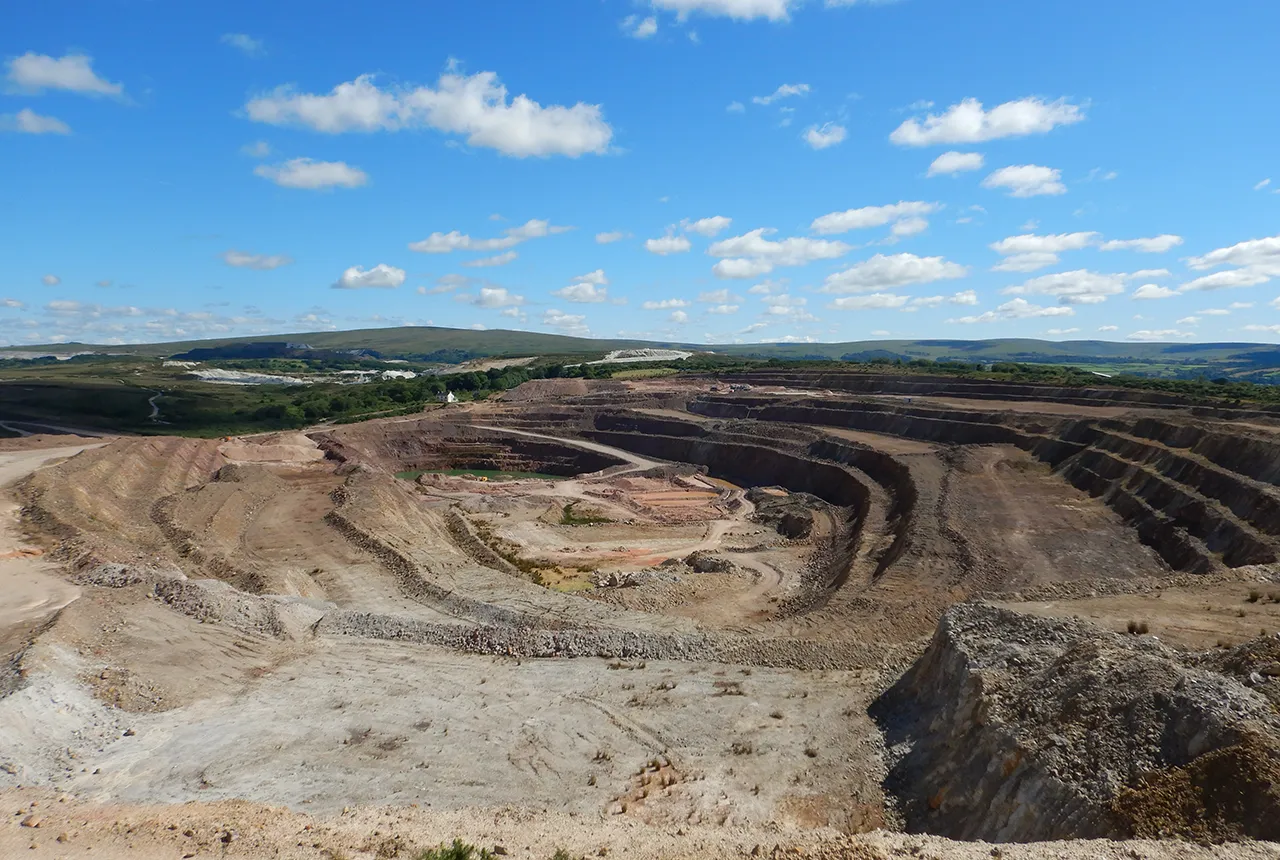
BGS makes significant advance in mineral data accessibility
10/12/2024
A new public application programming interface for the BGS World Mineral Statistics Database will revolutionise how users interact with critical data.
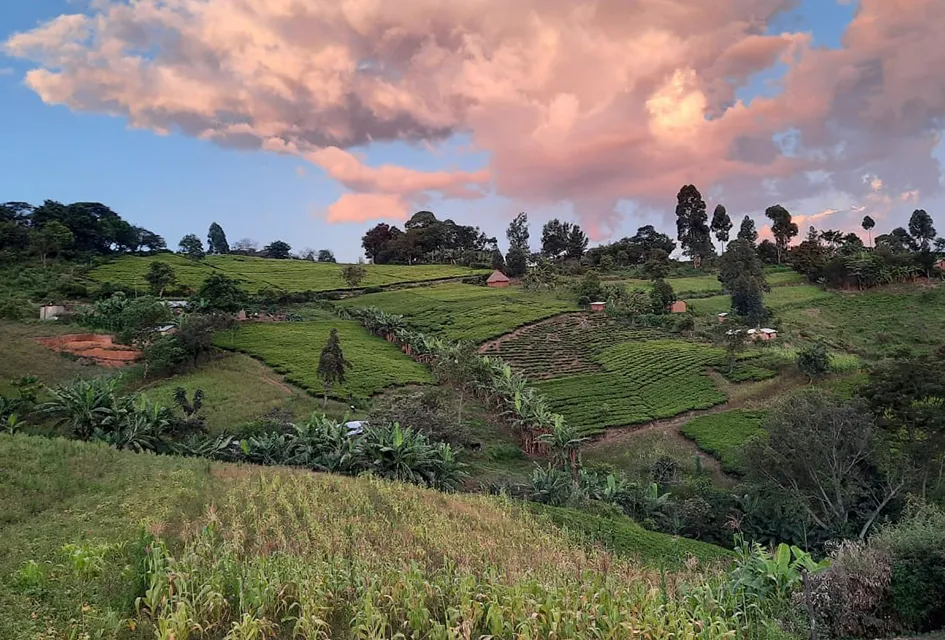
Dynamics of land-to-lake transfers in the Lake Victoria Basin
09/12/2024
In June 2024, a UK/Kenya research team shared research findings from a collaborative, four-year field and experimental programme within Kenya.

Brighid Ó Dochartaigh honoured with prestigious Geological Society award
27/11/2024
A recently retired BGS employee has been honoured for her contribution to the hydrogeological community.
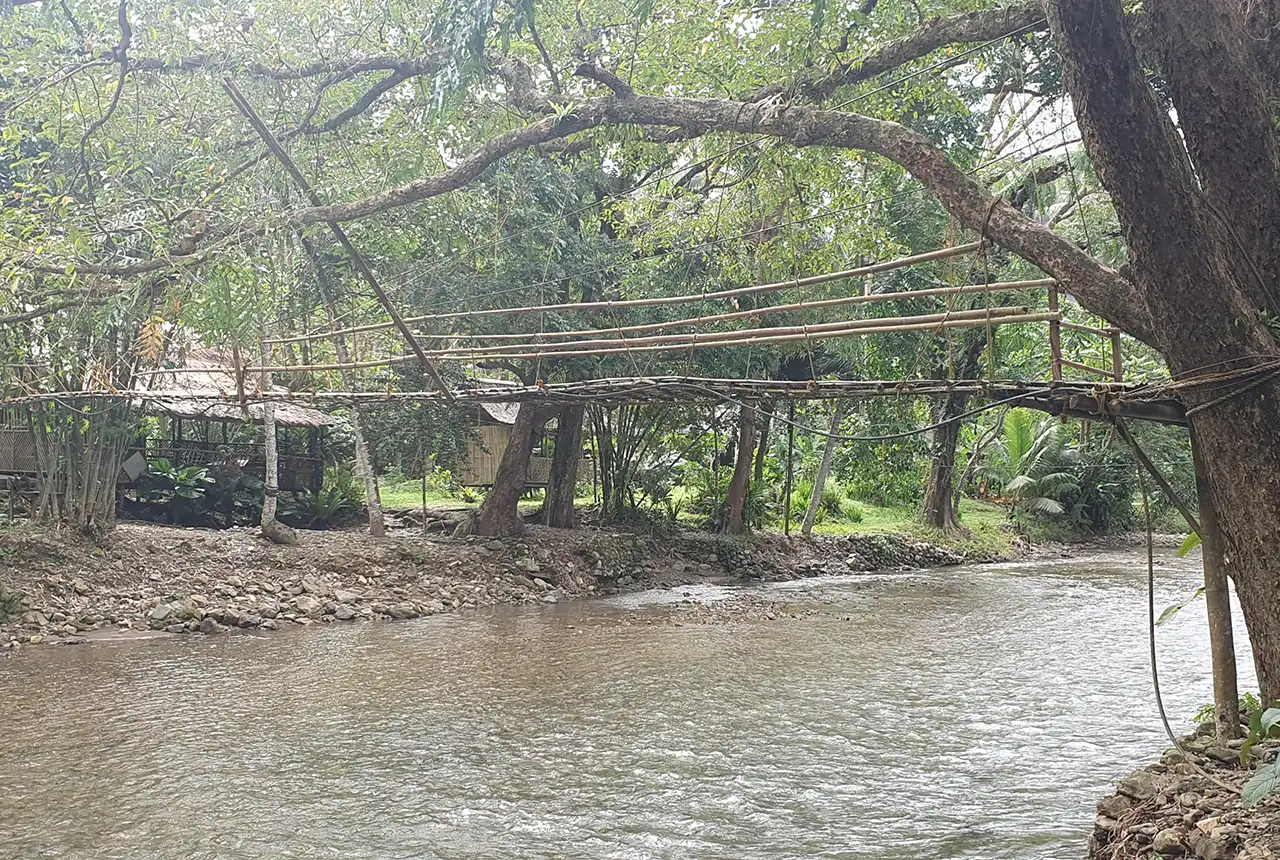
UK–Philippine partnership to help tackle the challenges of future water security in the Philippines
07/11/2024
New ‘hydrological hub’ to foster research and provide essential national water management datasets and tools.
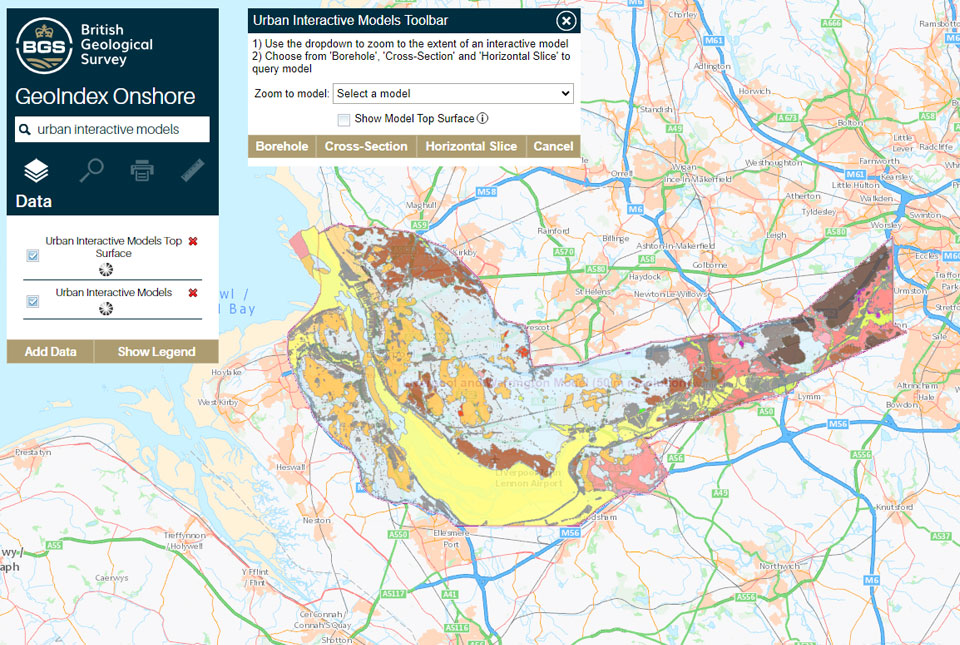
What lies beneath Liverpool?
11/10/2024
The geological secrets lying under the surface of Liverpool and Warrington have been unveiled for the first time in BGS’s 3D interactive tool.



